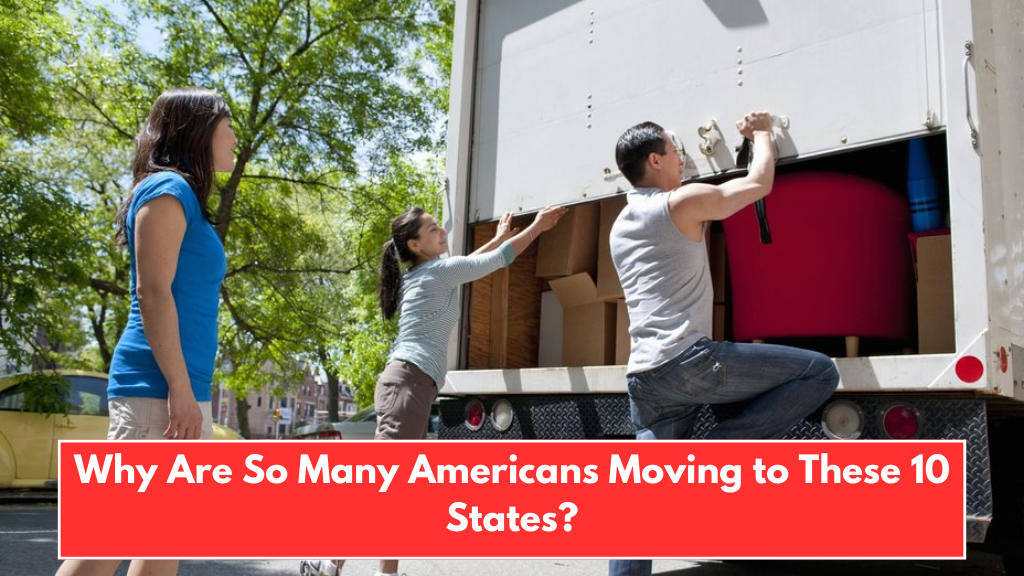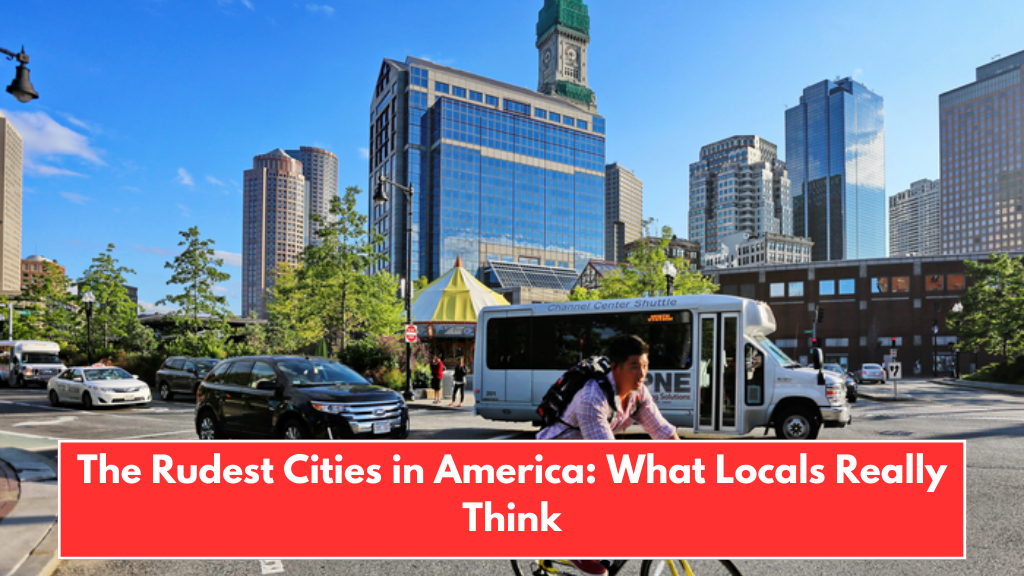Have you ever wondered how much money you need to earn to be among the richest 1% in your state? While most of us dream about making it big, only a small number of people in Georgia — and across the U.S. — actually make it into that exclusive club. A new study by SmartAsset, using data from the IRS and Bureau of Labor Statistics, shows just how much it takes to join the top 1% in each state. You’ll be surprised to see how much it varies from state to state!
National Average Income for the Top 1%
Before we get into the state-by-state breakdown, here’s the big picture: to be a part of the top 1% nationally, a household needs to earn $652,657 a year. This is more than eight times the U.S. median household income, which is around $74,580. That’s a huge gap!
States With the Lowest Income to Join the 1%
If you think it’s easier to reach the top 1% in some states, you’re right. Here are a few where you need the least:
West Virginia
In West Virginia, households need to earn $367,582 per year to join the 1%. It has the lowest threshold across all states. The effective tax rate for the top 1% here is 23.26%.
Mississippi
In Mississippi, you’ll need $381,919 a year to be in the top 1%. Their top earners pay about 23.04% in taxes.
New Mexico
Households in New Mexico must earn $411,395 to qualify, with a tax rate of 23.35% for the wealthiest.
Other states like Kentucky, Arkansas, and Louisiana also have lower thresholds compared to the national average.
States Where It’s Harder to Join the 1%
In richer states, you need much more to reach that top group:
Georgia
In Georgia, you must earn at least $585,397 per year to be in the top 1%. Georgia’s effective tax rate for top earners is 25.06%, which is close to the national average.
Pennsylvania
Pennsylvania’s top 1% line starts at $588,702 annually, with a tax rate of 24.95%.
North Dakota
Households in North Dakota need $585,556 to qualify for the 1% status, with an effective tax rate of 24.76%.
States With the Highest Thresholds
As you move towards wealthier states, the numbers climb higher:
- Minnesota: $626,451 needed to be in the top 1%.
- Nevada: A relatively lower threshold at $503,751.
- Oregon: $571,813 is needed to join the elite group.
Interestingly, places like Alaska and Rhode Island also require higher incomes despite being smaller states.
How State Differences Affect Income Goals
The study clearly shows that where you live plays a big role in how much you need to earn to be considered wealthy. In states with lower living costs, you don’t need as high an income to be among the richest. But in more expensive or wealthier states, the bar is much higher.
Tax rates also change from state to state. Some states have tax rates above 25% for the top earners, while others like South Dakota keep it under 23%.
Joining the top 1% isn’t easy, no matter where you live. In states like West Virginia, the income requirement is much lower than the national average, but it’s still a major achievement. In Georgia, you’ll need to earn almost $600,000 a year to be part of this exclusive club. The numbers not only show income differences across the U.S. but also highlight how economic conditions, taxes, and the cost of living affect wealth across states. Whether you dream of joining the 1% or are simply curious, it’s clear that achieving such a milestone takes more than just hard work — it often depends on where you live too!














